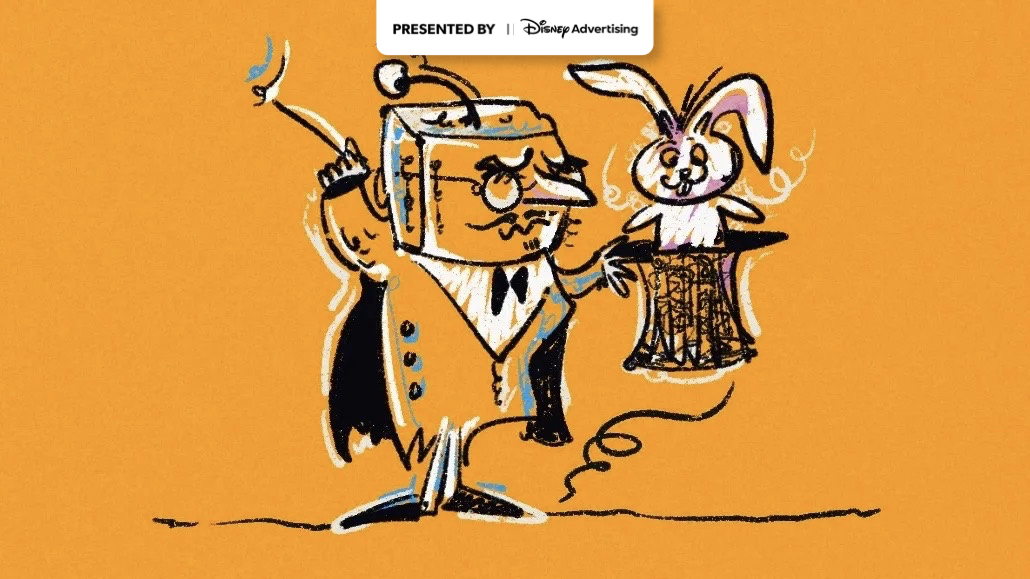Generative AI draws crowds to CES 2024, while industry maintains cautiously optimistic about economy

Keep up to date with Digiday’s annual coverage of the Consumer Electronics Show (CES) in Las Vegas. More from the series →
More than 130,000 people are expected to flock to Las Vegas for this year’s Consumer Electronics Show. That’s 15,000 more than last year’s 115,000 attendees, seemingly signaling that people are ready for a full return to in–person events and setting expectations for this year’s slew of industry events, from South by Southwest to the Cannes Lions Festival of Creativity.
This year’s big draw: Generative AI.
“With trends like AI hitting the pre-show headlines in such a saturated way, we’re eager to be on the ground to interrogate what is real and relevant, where our clients should invest, and how they should think about the future,” said Melissa Levy, chief customer officer at Digitas North America.
This year, Digitas is sending a similar-sized cohort to CES as it did last year, focusing on bringing thought leadership back to clients who could not attend. But with the boon of AI, some companies and agencies are increasing their boost-on-the-ground presence at the trade show.
For example, performance marketing agency Tinuiti is sending a small delegation of five senior members to the conference, the largest delegation it’s ever sent, according to the agency. Previously, only Tinuiti’s CEO and chief strategy had attended. Mirror Digital, a digital media company, this year is sending five senior-level executives, up from just the CEO and another senior leader. Meanwhile, digital agency VML (formerly VMLY&R) is sending two to three times more staff than it has in the past. The agency did not disclose specific attendee numbers.
2023 was a landmark year for generative AI with the tech in the early stages of its hype cycle. (Read Digiday’s definitive AI timeline here.) Since that time, AI has grown up, leveraged to help the vetting process in influencer marketing, create custom brand artwork, chatbots and more. At this year’s CES, expectations are higher. As clients expect more intel and AI-driven innovation, agencies are on the ground to be the conduit between CES and said clients.
“It feels like everybody’s feeling the pressure to figure out what their AI strategy is,” said Brian Yamada, chief innovation officer at VML. “CES, to me, is always a little bit of trying to get a glimpse of what the future could be for them.”
Nii Ahene, chief strategy officer at Tinuiti said, “The reality is it’s great to read about technology. It’s great to watch a video about technology, but to really experience and understand this is something that consumers are actually going to adopt, it helps to actually see the technology in front of you.”
Notably, the past few years have been rocky to say the least. Between the pandemic-induced virtual events and economic headwinds tightening budgets, it’s been a slow dredge back to in-person events. This year’s CES, going from 45,000 attendees amid Covid-19 surge in 2022 to 130,000 expected attendees this year despite the current Covid-19 surge, stands to set the tone for this year’s industry events.
That’s not to say the return will be a party, where agencies send swaths of staff or host overly lavish parties. Per agency execs, companies are shifting focus to sending fewer, more senior representatives to cut costs and opting for more intimate experiences with clients. From media spend to event attendance, decision-makers are increasingly asking about the return on investment, execs say.
Craig Elimeliah, chief creative officer at Prompt, said after a year of scaled back client budgets, agencies are cutting costs where they can, including on big industry event attendance.
“They’re probably sending smaller groups that are going in, getting the information, coming back, sharing it with their teams and writing up those reports,” he said. “It’s less of a party. Let’s just say that. People, especially this year, people are becoming a whole lot more cost conscious.”
Agencies like Tinuiti, VML and Crispin Porter + Bogusky have already started thinking about the industry’s other tentpole events, like South by Southwest in March and Cannes in June. But as the industry continues a cautious optimism about its economic situation, plans are preliminary, per execs at these agencies.
“A lot of clients and agencies are hedging their bets right now. We were optimistic for the year, but we’re beginning January. Let’s take it kind of slowly,” said Freddy Dabaghi, managing director of delivery at Crispin Porter + Bogusky. “Let’s not cut back spending, but let’s maximize who’s there and how do we get the most time out of it.”
More in Marketing

Ad Tech Briefing: Start-ups are now table stakes for the future of ad tech
Scaled ad tech companies need to maintain relationships with startups, when the sector is experiencing ongoing disruption due to AI.

Inside Kristi Argyilan’s RMN playbook: Lessons from the ‘godmother’ of retail media
Uber’s global head of advertising Kristi Argyilan says the future of retail media hinges on real-time relevance, brand differentiation, and breaking free from a one-size-fits-all playbook.

Digiday+ Research: More than half of marketers invest in TV and streaming, with an eye on impressions and branding
The majority of marketers are directing ad spend toward TV, with a focus on ads that drive impressions and branding.





